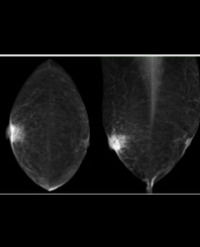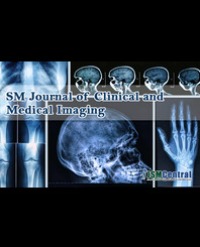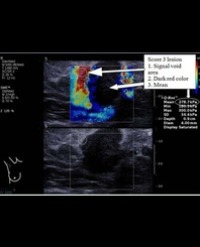Objective: The study aimed to describe shear wave elastographic characteristics differentiating benign and malignant breast lumps and to establish a combined scoring system to make a diagnosis.
Material & methods: All patients over 15 years of age presented with breast lumps were included. Shear wave elastography was done by using Aixpslorer Ultrasound System Multiwave version 8.2.0 (Supersonic Imagine S.A. Aix-en-Provence, France) with Superlinear TM (SL15-4* 50 mm Super Linear Array) probe. Qualitative assessment was done on color code (ie blue, yellow, orange, red and dark red) and presence of signal void dark area. Quantitative assessment was taken in Kilopascals (KPA), where KPA mean was taken from the darkest area. All patients underwent biopsy to confirm histopathology. Each parameter was individually correlated with histopathological diagnosis; broadly categorized into benign and malignant lesions. Finally the parameters were combined to see if combination further improves diagnostic accuracy.
Results: A total of 109 patients with breast lumps were included. The dark red color code, presence of signal void area and the mean KPA >250 were independent predictors of malignant histopathology. The benign lesions showed low mean KPA and blue color code without any signal void area with exception of breast abscess. Combine score system has potential to accurately define nature of breast lumps, where score 1 defines benign and 3 defines malignant lesions, while in score 2 a great majority was malignant but a few benign lesions also fall into this category.
Conclusion: Breast lumps undergoing shear wave elastography if scored 1 having blue to orange color code, KPA
Binafsha Manzoor Syed1,2*, Jawaid Naeem Qureshi2, Ahmed Khan Sangrasi2, Champa Susheel2 and Noshad A Shaikh2



